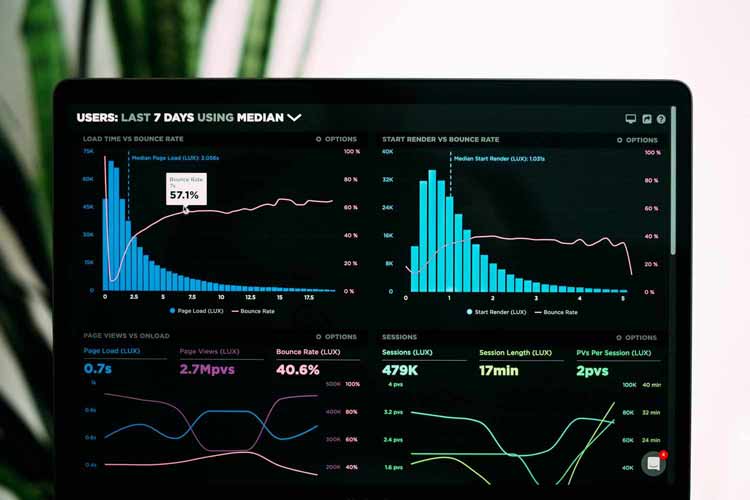The Data Visualization Market
In the past decade, the amount of data generated by the IoT is enormous. Because of its large scale, data visualization aids to pin down the relationship between the multidimensional data sets. It issues empirical characteristics and features and elucidates them. Many organizations, companies and, other enterprises are beginning to adopt these instruments to examine and analyze customer habits. They also foresee patterns to predict future decisions.
For business owners, data visualization is important because it helps evaluate customer data that is later used for prognosticating sales and future sale strategies. As a result, data visualization became a market on its own.
The data visualization market is expected to have a Compound annual growth rate of 9% in the period of 2020 to 2025. The CAGR (Compound annual growth rate) stands for the rate of return of investment finances. This is only if we assume that the profits were reinvested at the end of each year.
This global market size used to stand at $8.85 billion back in 2019. It is projected to reach around $19.20 billion by near 2027. The CAGR is forecasted to reach approximately 10.2%.
The competitive nature of the data visualization market
This market is competitive by nature. Many of the players in the market are constantly innovating new data visualization tools and techniques. This makes them able to make and secure new business deals and contracts.
If we consider future opportunities connected with data and data representation, many companies began investing in enhancing their data visualization abilities and capabilities. This makes data visualization an enormous contributor to data and data science.
The global data visualization market is based on many big industries. This includes consumer services, banking, and financial structures, education, healthcare, government and so much more. The IT services are projected to dominate these areas and the market itself.
The geographical segmentation of the market
The market is divided into five regions: Europe, North America, Middle East & Africa, Asia Pacific and Latin America.
North America is expected to leading the data visualization software market during the forecast period owing to its growing use of big data and soaring implementation of IoT. Also, Asia Pacific region is anticipated to witness high growth over the forecast period owing to rising computer and Internet services and its recent developments.
The United States is the biggest and largest data visualization market in the world. Specifically, North America is approximated to hold the most significant share. Although it is the largest, it generates the healthiest growth. This is due to that fact that there is a rising number of data that is generated by small and medium-scale firms and businesses.
The growth of the market in North America is proportional to the growth of the big data. As that number rises, the need for analytics rises as well. The need to track data from multiple sources is becoming bigger. That data has to be collected. Then it has to be sorted, analyzed and presented in numerous data presentations. This is crucial to making business-driven decisions.
Which factors are responsible for data visualization market’s growth?
As technology progresses and technological advancements grow it is natural for this market to grow as well. Big data and the need for making faster decisions are the biggest contributors to this market’s growth.
However, this does not make this type of software easy to use. It is a rather complex one. Many researches and studies have showed that the implementation of this tool is complicated. There come many challenges when it comes to coming up with solutions. You have to use all of the software’s features in order to simplify the enormous and laborious data. The existing organization of the structure makes it impossible to implement it without an effort.
How does the data visualization market look like?
This is a market that consists of various features and characteristic unique to the rest of the markets. It covers the market dynamics of the data visualization industry. It also offers an in-depth examination of the opportunities, risks, limitations and growth. It also includes full reports on participant profiles. As well as description of products and goods and overview of data. There are also market driving and restraining factors. It includes details of future forecasts and analysis of data and decisions.
